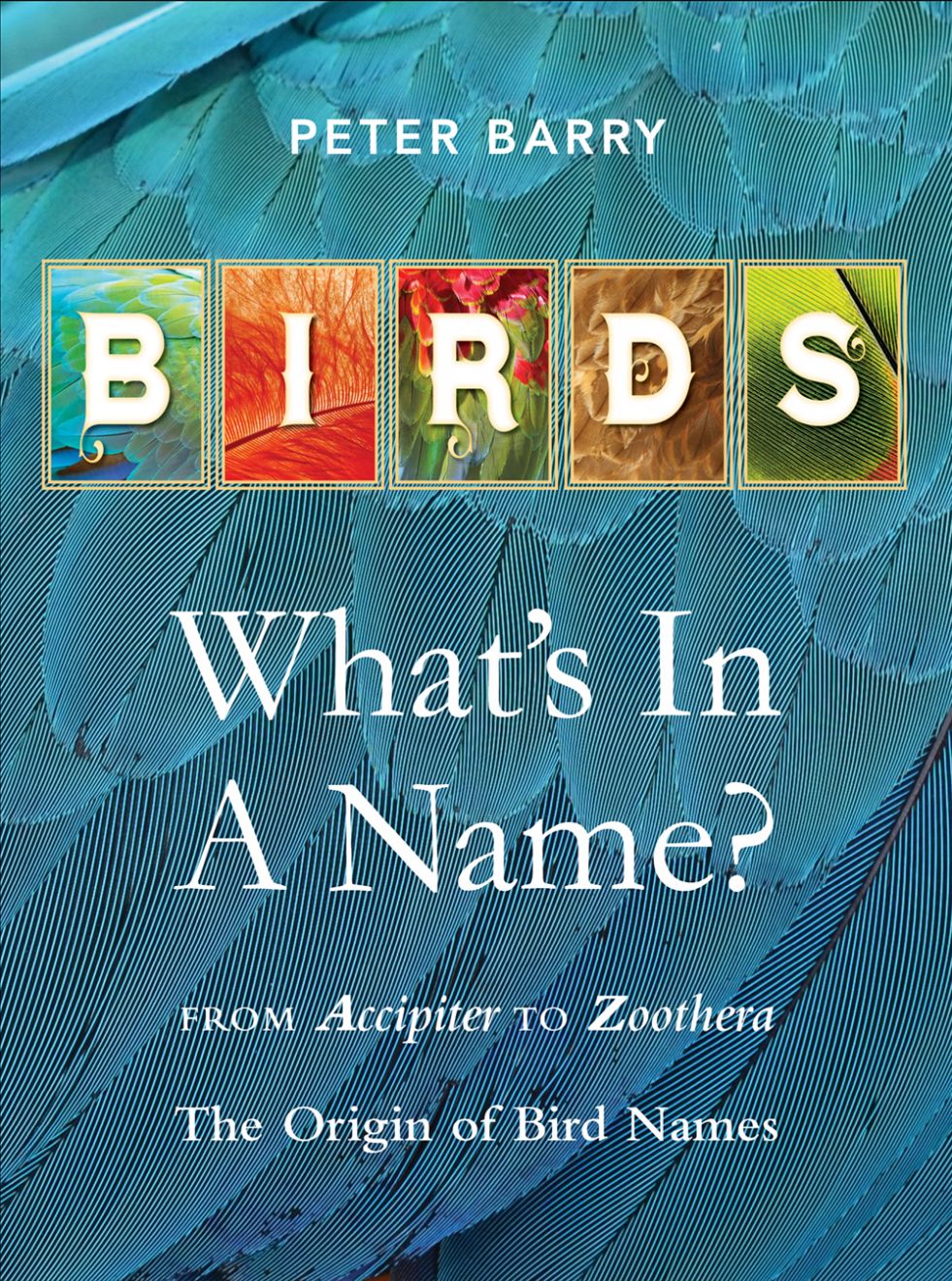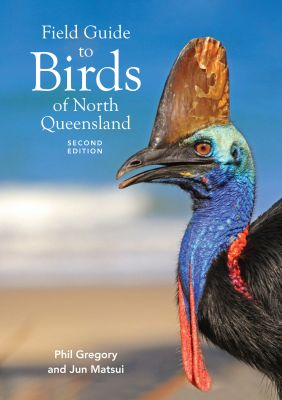Birds -What's In A Name
From Accipiter to Zoothera. The Origin of Bird Names
$35.00
ISBN
9781925546040
| By | Peter Barry |
|---|---|
| Format | Hardback |
| Page Extent | 210 |
| Book Size | 200 x 150 x 20 mm (H x W x D) |
| Imprint | Reed New Holland |
| Release Date | 1 Jul 2017 |
| Subject Classification | Biology, life sciences / Zoology & animal sciences / Zoology: Vertebrates / Birds (ornithology) |
This entertaining and informative guide explains the meanings of bird names, many of which have fascinating origins and stories behind them. The universal system of ‘scientific’ names, based largely on Greek and Latin, is used in all good bird books and assists birdwatchers around the world in figuring out exactly what they are looking at. While some of the names are fairly self-explanatory – such as Troglodytes for wren, meaning ‘cave-dweller’ – others are more mysterious – Caprimulgus for nightjar, for example, meaning ‘goat-sucker’. Covering hundreds of bird species from around the world, Birds: What’s In A Name? includes explanations of hundreds of scientific names and common names, as well as delivering a wealth of other facts and trivia relating to the species concerned. In short, it’s the most readable and entertaining book on the subject available anywhere.
Anas platyrhynchos (Mallard) ‘The duck with the flat beak’. Ixobrychus minutus (Little Bittern) ‘Small reed bellower’. Strigops habroptilus (Kakapo) A bird that ‘looks like an owl, with soft feathers’. Ptilonorhynchus violaceus (Satin Bowerbird) ‘Violet bird with a feathered bill’. Tachybaptus ruficollis (Little Grebe) Literally translated, this is the ‘red-collared fast-sinker’.









